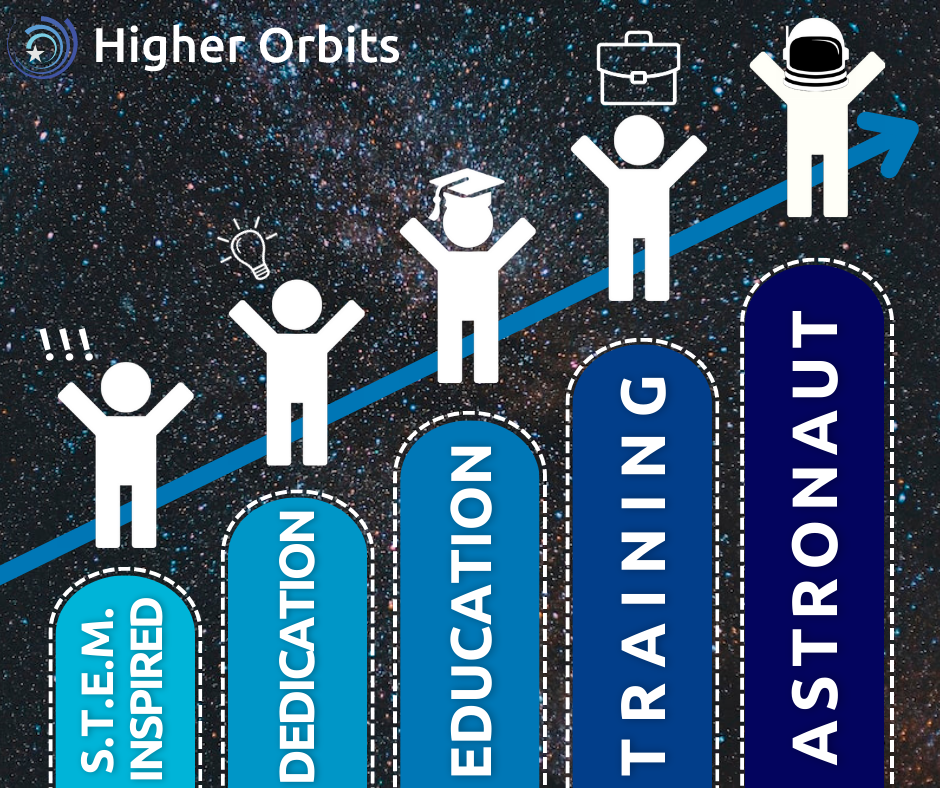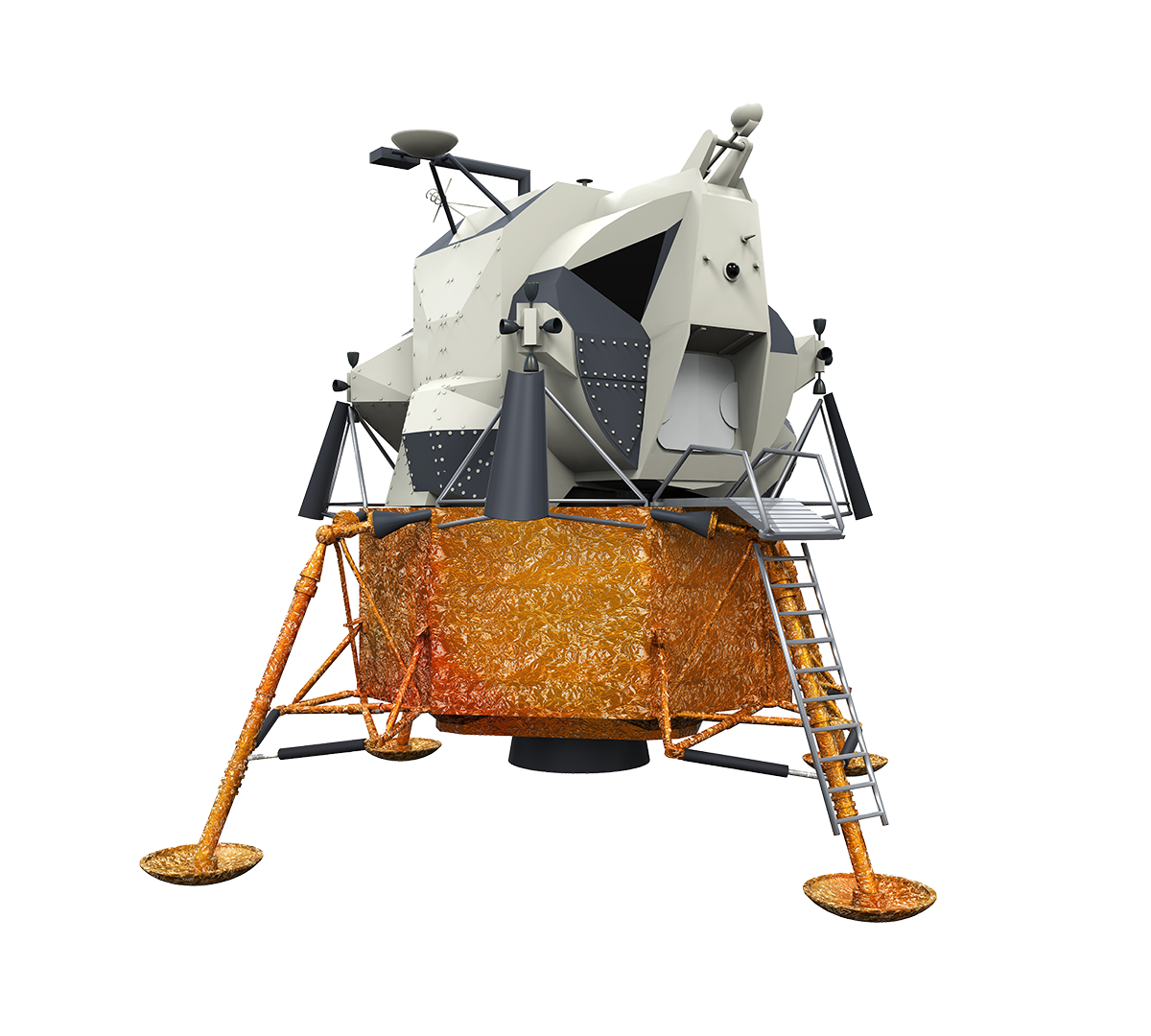The dream of becoming an astronaut and exploring the vast expanse of space has captured the imagination of people for decades. However, the journey to becoming an astronaut is long, challenging, and requires intense training. In this blog post, we will explore what it will take to become an astronaut of the future.
According to the ‘NASA Astronaut Fact Book (2023),’ since the first astronaut class was announced to the public in 1959 there have been 357 total NASA registered astronauts. Of the total astronauts, 289 are former astronauts. Presently there are 41 active astronauts, 17 management astronauts, and 10 astronaut candidates. The difference between active astronauts and management astronauts is in their eligibility for flight assignments. Active astronauts are eligible while management astronauts are still employed at NASA but are no longer eligible.
Education is the essential foundation to becoming an astronaut. To become an astronaut, a bachelor's degree in a STEM field (Science, Technology, Engineering, or Mathematics) from an accredited university is the first step. Then, a master's degree in a STEM field or a degree in medicine is highly recommended. Additionally, NASA requires that candidates must have at least three years of professional experience in their field. This experience requirement may also be satisfied by submitting at least 1,000 hours of pilot-in-command time in jet aircraft or by pursuing a master’s (equivalent to one year) or doctorate (equivalent to three years) degree. The education and experience required to become an astronaut are highly specialized and rigorous, making the selection process competitive.
In addition to extensive academic experience, Astronauts are required to be in excellent physical condition. The NASA guidelines found in ‘Astronaut Selection and Training (2011)’ state that candidates must have eyesight that is at or correctable to 20/20 vision and meet specific standing height requirements of between 62 and 75 inches. They also need to have a blood pressure that does not exceed 140/90 while sitting and a maximum of 90/50 while standing.
After application screenings, interviews, and medical screenings the final selection is made and astronaut candidates are announced. This begins the true astronaut training process. The training required to become an astronaut is intense and comprehensive, and it starts long before an astronaut candidate goes to space. Candidates must complete two years of basic astronaut training at NASA's Johnson Space Center in Houston, Texas. The training covers a range of topics such as spacecraft systems, spacewalking, and survival skills. It also includes physical training, which focuses on developing strength, endurance, and cardiovascular fitness. Some interesting elements of the preparatory astronaut training process include military water survival, SCUBA certification and training, and an extensive swim test with multiple portions heavily clothed. Additional training puts candidates under intense atmospheric pressure and microgravity. Finally, extensive simulation training helps candidates become familiar with the expected experience of spaceflight and allows for procedures to be drilled in a realistic format.
Becoming an astronaut is a long and challenging process that requires a unique set of skills, education, and training. However, despite being such a specialized position, there is great diversity in the educational pathways to qualify to become an astronaut. The rigorous training that astronauts undergo ensures that they hone their skills and are prepared for the challenges that come with space travel. The journey to space is not for everyone, but for those who are inspired by space and are up for the challenge, it is well worth the dedication.

